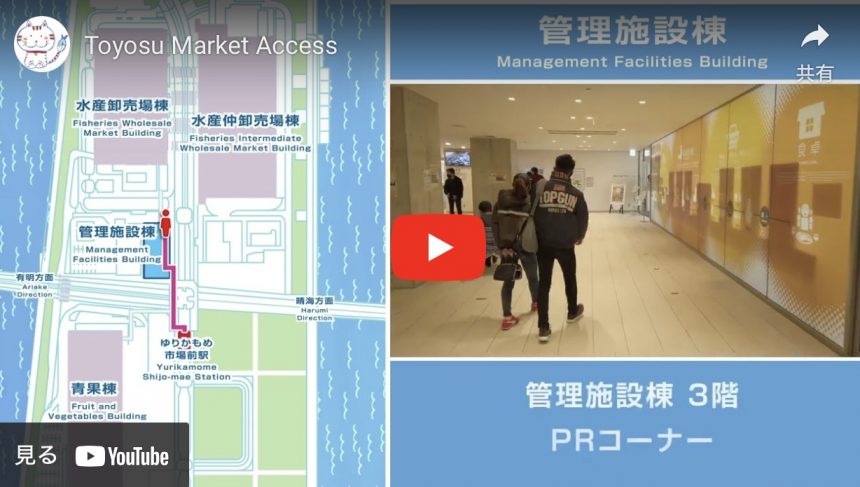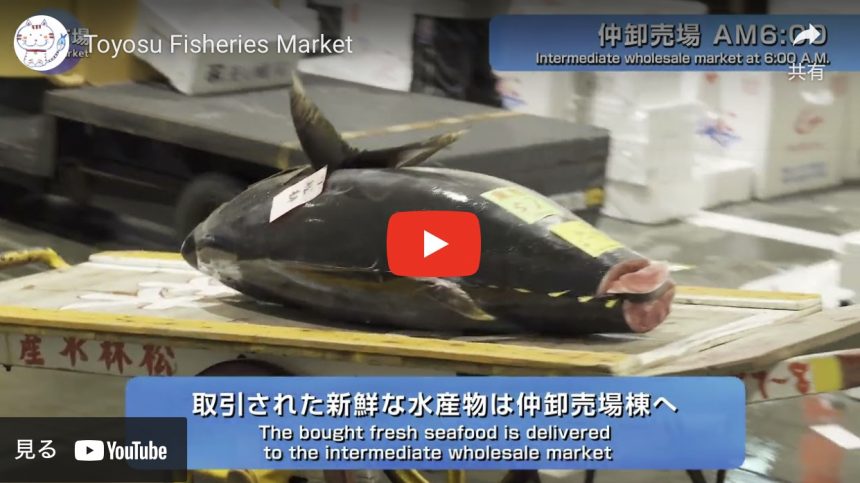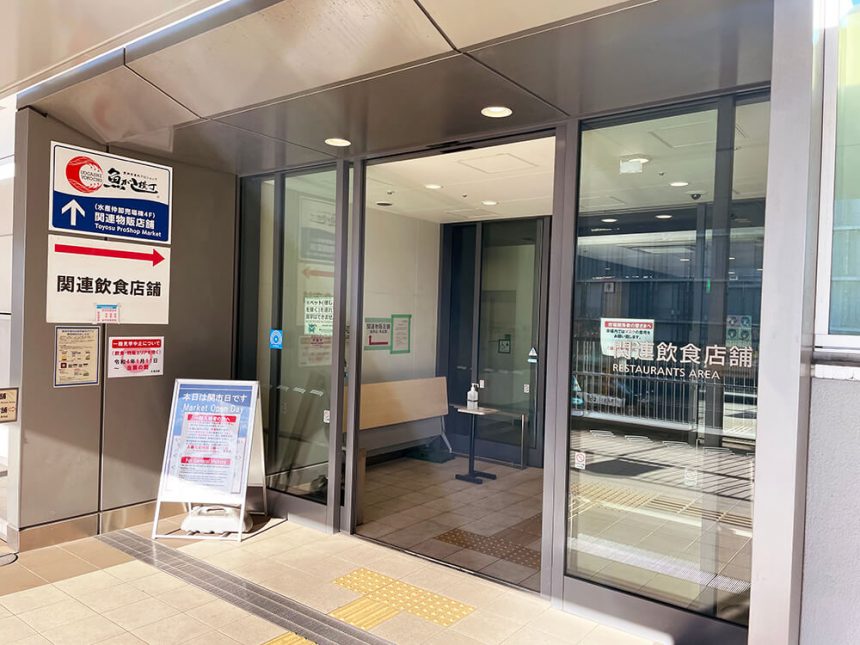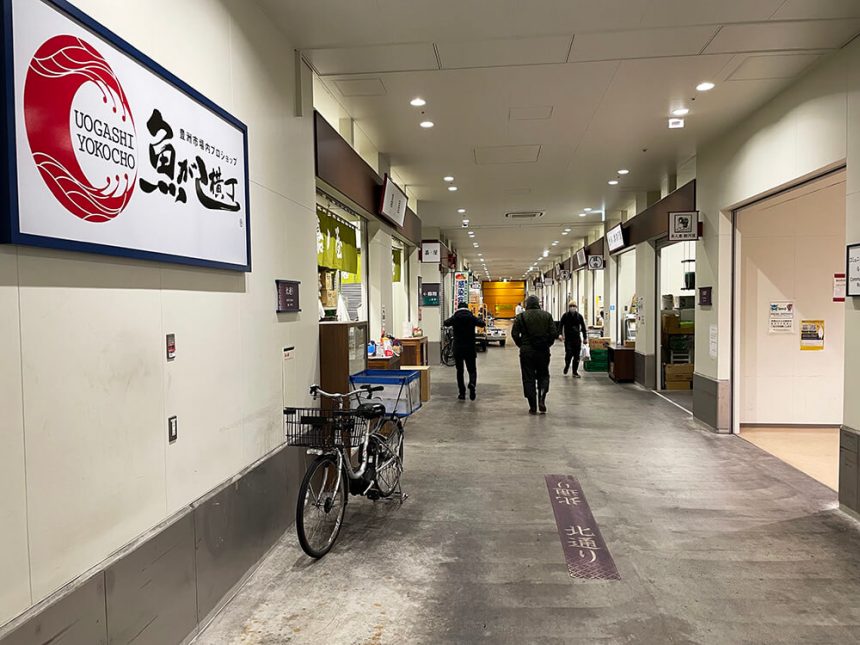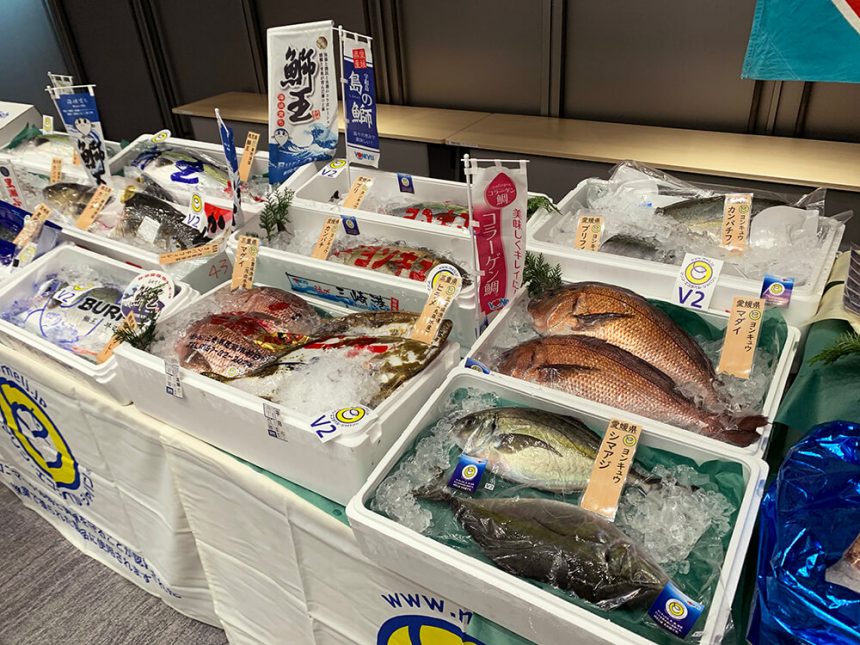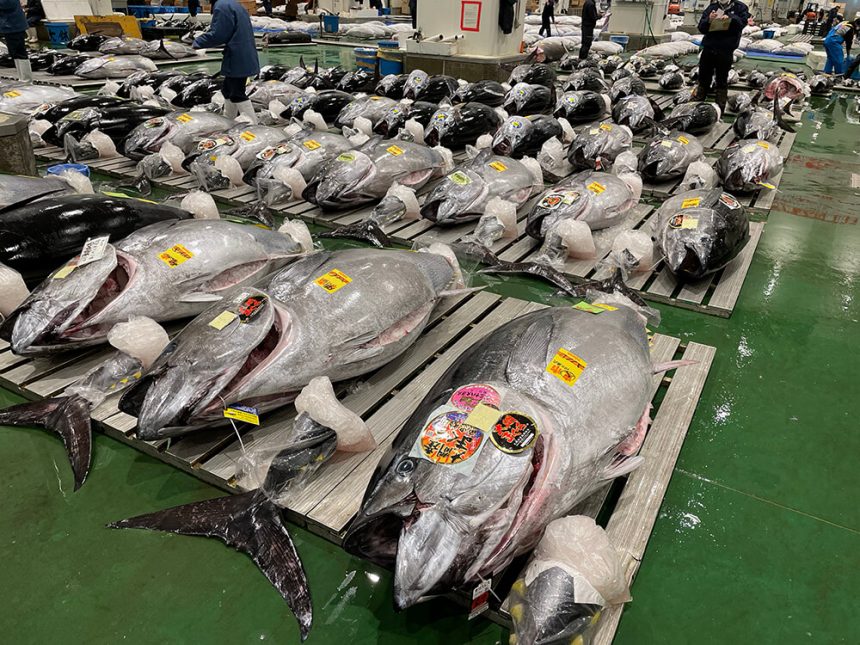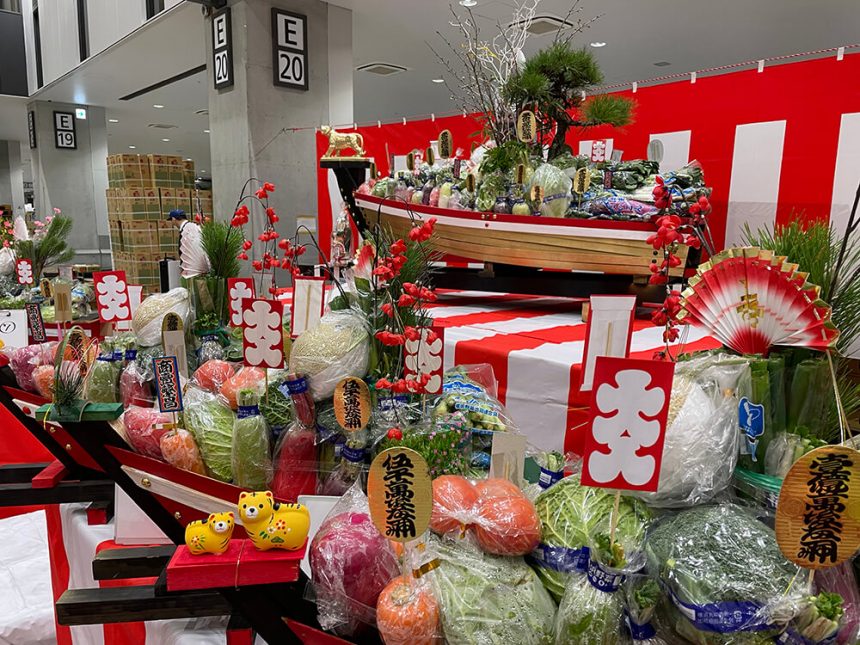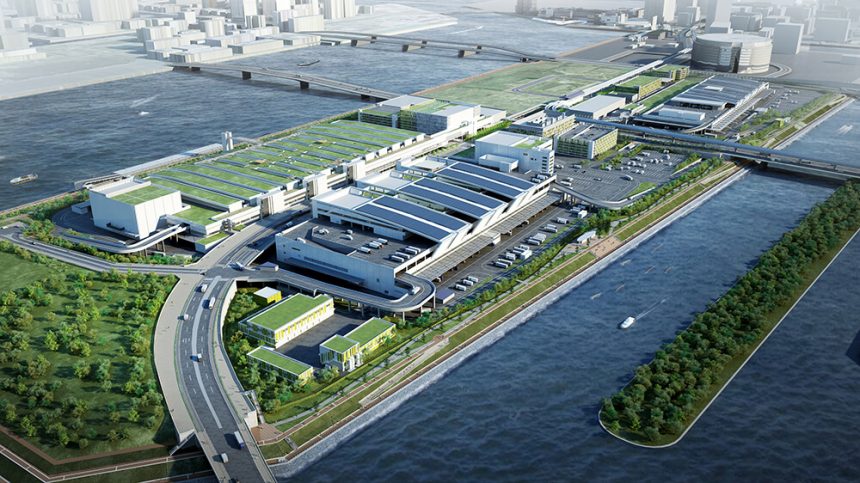History of the Tokyo Fish Market
- Nihonbashi Market—Edo’s source of seafood
- Tsukiji Market—fish for the modern city
- Toyosu Market—where past and future meet
Many visitors today know Toyosu Market as the successor of Tsukiji Market, which opened in 1935 and flourished both as a popular tourist destination and an internationally recognized brand before its closing in 2018. Before Tsukiji, however, Tokyo’s fish market was based in Nihonbashi, the commercial heart of the city. There, a seafood market originally emerged in the early 1600s, soon after the Tokugawa shogunate (1603–1867) came to power and made the city, then called Edo, its stronghold and the de facto capital of Japan.
Nihonbashi Market—Edo’s source of seafood
Around a decade before he succeeded in unifying the country and establishing a government, Tokugawa Ieyasu (1543–1616) summoned 34 fishermen from Osaka to Edo to supply fish to the Tokugawa family and its retainers at Edo Castle. To carry out their task, these men, whose leader was named Mori Magoemon, were granted exclusive fishing rights to the whole of what is now Tokyo Bay. They based themselves on the shore in Nihonbashi.
In 1610, the Tokugawa granted Mori Magoemon’s son the right to sell seafood that had been caught in the bay to regular townsfolk if it was surplus to the shogunate’s needs. This is considered the beginning of the Nihonbashi fish market. As the shogunate undertook a series of ambitious land-use projects to expand and develop Edo, the city’s population—and its demand for seafood—grew steadily. More and more fishermen moved to Edo to satisfy this demand, while ambitious seafood merchants established supply routes that connected the capital with major fishing ports throughout the country. By the mid-1600s, the Nihonbashi fish market had become a thriving center of the nationwide seafood trade. It retained this position for some 200 years.
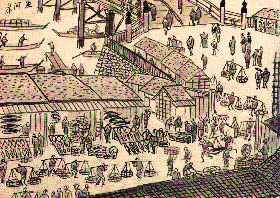
The shogunate was overthrown in 1867, and the Meiji Restoration the following year ushered in the modernization of Japan. A government-led push for rapid industrialization transformed the face of the city, now renamed Tokyo. Farms, wooden townhouses, and samurai estates were replaced by factories, banks, railroads, and government offices. Nihonbashi, the old commercial center, came to host department stores and the Tokyo stock exchange, and there was increasing pressure for the fish market and its less-than-pleasant odor to be moved to a different location. But relocating the sprawling market proved difficult, and decades passed without a solution in sight.
Everything changed in 1923, when the 7.9-magnitude Great Kanto Earthquake laid waste to the capital, killing more than 100,000 people. The tremor and the resulting fires destroyed much of Tokyo’s infrastructure, including the fish market. The disaster, however, also provided an opportunity for innovation and revival. Plans to build a bigger and better fish market that could reflect modern Japan were pushed forward. Architects and engineers were sent abroad to study buildings that could be used as reference when designing the new market facility.
Tsukiji Market—fish for the modern city
Tsukiji, where a temporary fish market had been set up soon after the Great Kanto Earthquake, was selected as the site for Tokyo’s new market. The name of the area, which means “reclaimed land,” refers to how Tsukiji was built by filling in part of the Sumida River delta after a fire that destroyed two thirds of Edo in 1657. The choice of location was fitting for a fish market, since this landfill work had been carried out by fishermen summoned to Edo by the Tokugawa shogunate.
Tsukiji Market finally opened in 1935, in a state-of-the-art, earthquake-resistant facility that included a railway station, a wharf, and space for a fruit and vegetable market. The new market proved a success, and the produce trade—along with the rest of the Japanese economy—flourished throughout the post–World War II period. Tsukiji grew into the world’s largest fish market, and the popularization of Japanese cuisine, especially sushi, made the Tsukiji brand known around the world.
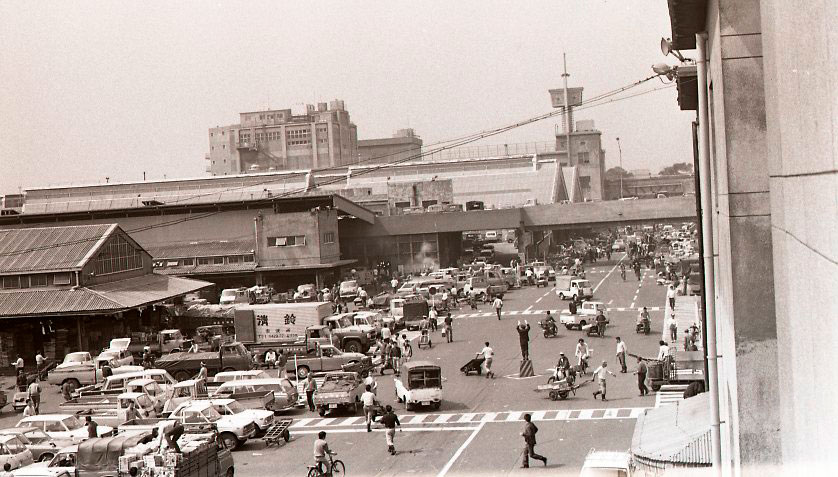
Tsukiji Market, however, fell victim to its own success—and to Japan’s rapid urbanization. In 1963, the population of Tokyo passed 10 million. The seemingly unending growth in the amount of seafood and produce traded at Tsukiji, a facility intended to accommodate the needs of a city of 5 million, brought serious capacity issues. City leaders began discussing the need to build a new and larger market.
Toyosu Market—where past and future meet
As had been the case with the relocation of the Nihonbashi market, decades passed before a decision on Tsukiji’s replacement could be reached. The new site in Toyosu—reclaimed land built by filling in the shallows of Tokyo Bay, where the fishermen of Edo once laid their nets, with rubble from buildings leveled by the Great Kanto Earthquake—was agreed upon in 2001. When Toyosu Market finally opened in 2018, Tokyo’s fish market once again occupied an ultra-modern facility built to achieve maximum efficiency and to maintain the freshness of the produce being traded, no matter what the season. In addition to its main wholesale market facilities, Toyosu Market includes a dedicated administrative building for supervising the transactions and managing the wages of the world’s largest fish market. And unlike Tsukiji Market, Toyosu was designed to also accommodate casual visitors, ensuring the safety of both tourists and market workers.
Despite the modern architecture and technology of their surroundings, however, the people who work at Toyosu Market uphold the centuries-old culture and traditions of the Tokyo fish market. Bids at the wholesale auctions are still made with traditional hand signals, and several businesses that were founded at the Nihonbashi market continue to operate at Toyosu. History is also present in the rituals conducted at Toyosu Market’s own Shinto shrine, an offshoot of the sanctuary that Mori Magoemon and his companions dedicated to the deities of the sea after moving to Edo more than 400 years ago.




